Face ID technology has been with us since 2017. That is when we saw the introduction of the revolutionary iPhone X, which, along with other changes, replaced the iconic Touch ID fingerprint reader with the mentioned technology, which authenticates the user based on a 3D facial scan. In practice, according to Apple, this is a significantly safer and faster alternative. Although some Apple users had problems with Face ID at the beginning, in general it can be said that they liked the technology very soon and today they are not allowed to use it anymore.
It could be interest you
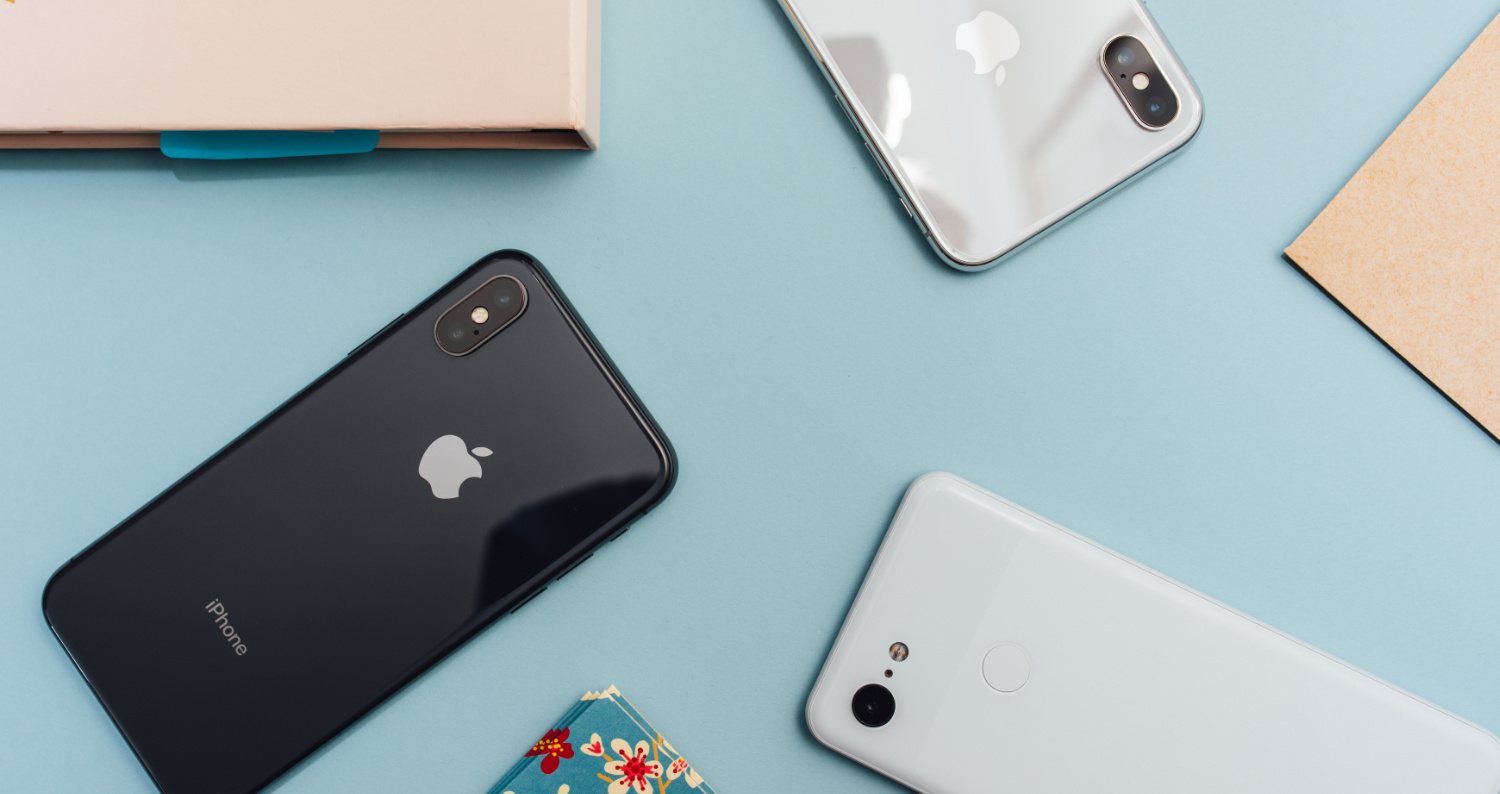
It is therefore not surprising that a debate soon opened among fans about the potential deployment of Face ID in Apple computers as well. This was widely talked about from the beginning and Apple was expected to resort to a similar step especially in the case of professional Macs. The leading candidate was, for example, the iMac Pro or the larger MacBook Pro. However, we did not see any such changes in the final, and the discussion died down over time.
Face ID on Macs
Of course, there is also a rather fundamental question. Does it even need Face ID on Apple computers, or can we comfortably make do with Touch ID, which can be even better in its own way? In this case, of course, it depends on the preferences of each user. However, we would find several benefits on Face ID that could move the entire segment forward again. When Apple introduced the redesigned 2021″ and 14″ MacBook Pro at the end of 16, there was a lot of discussion among Apple fans about whether we are one step away from the arrival of Face ID for Macs. This model came with a cutout in the upper part of the display (notch), which started to resemble apple phones. They use the cutout for the necessary TrueDepth camera.
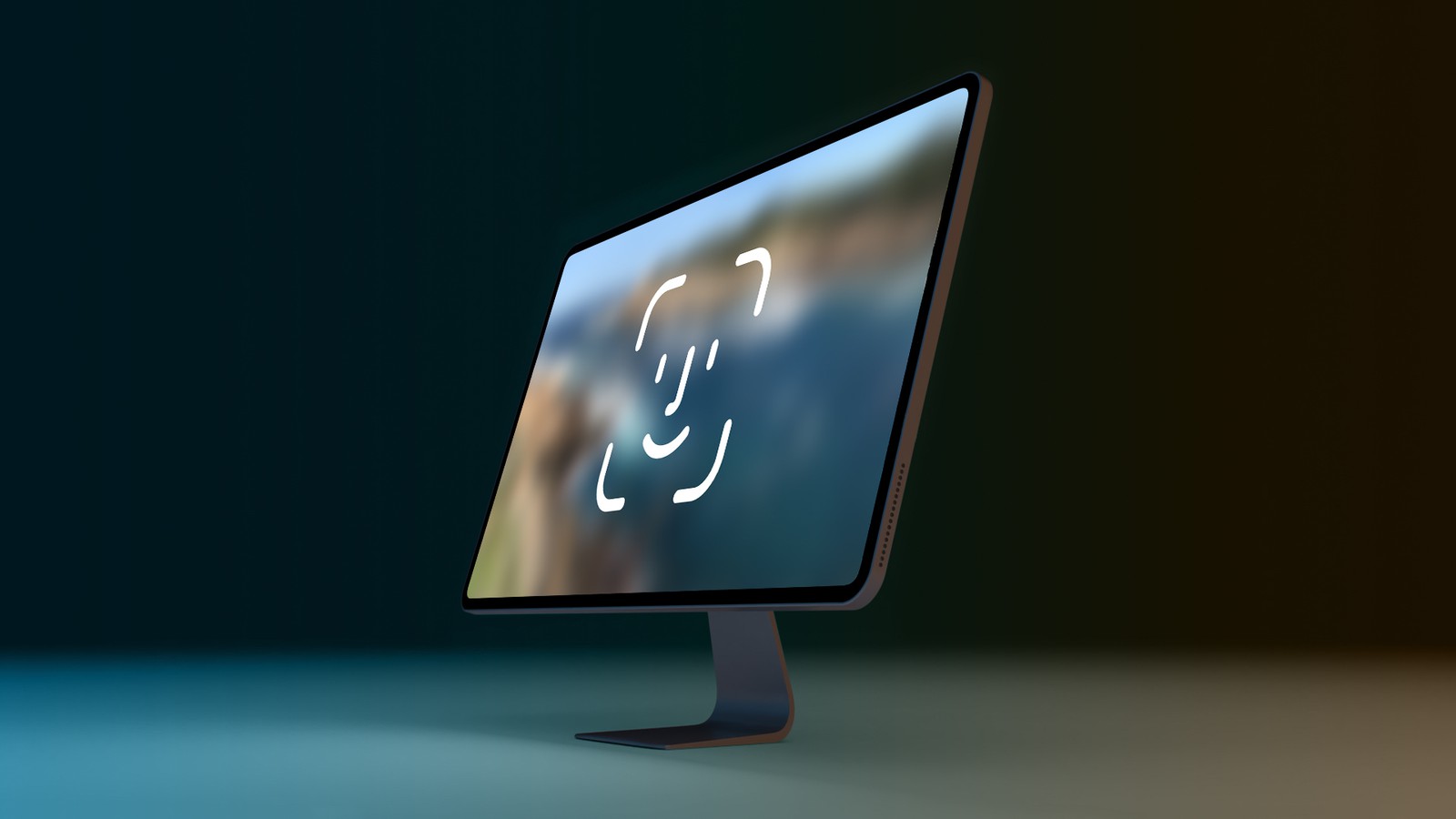
The redesigned MacBook Air also got the cutout later, and nothing has changed at all regarding the use of Face ID. But the first benefit comes from that alone. In this way, the notch would finally find its application and, in addition to the FaceTime HD camera with a resolution of 1080p, it would also hide the necessary components for face scanning. The quality of the webcam used goes hand in hand with this. As we already indicated above, in the upper part of the display in iPhones there is a so-called TrueDepth camera, which is slightly ahead of Apple computers in terms of quality. The deployment of Face ID could thus motivate Apple to further improve the camera on Macs. Not so long ago, the giant faced huge criticism even from its own fans, who complained about the disastrous quality of the video.
The main reason is also that Apple could thus unify its products and (not only) show users clearly where it thinks the path leads. Face ID is currently used on iPhones (except SE models) and iPad Pro. Its deployment at least in Macs with the Pro designation would thus make sense and present the technology as a "pro" improvement. The move from Touch ID to Face ID could also benefit people with motor disabilities, for whom a face scan may be a more friendly option for authentication.
Question marks over Face ID
But we can also look at the whole situation from the opposite side. In this case, we could find several negatives, which, on the contrary, discourage the use of this technology in the case of computers. The very first question mark hangs over overall security. Although Face ID presents itself as a more secure option, it is necessary to take into account the type of device itself. We hold the phone in our hands and can easily put it aside, whereas the Mac is usually in one place right in front of us. So for MacBooks, this would mean that they would be unlocked immediately after opening the display lid. On the other hand, with Touch ID, we unlock the device only when we want to, i.e. by holding out our finger on the reader. The question is how Apple would approach this. In the end, it is a small matter, but it is necessary to take into account that this is the key for many apple growers.
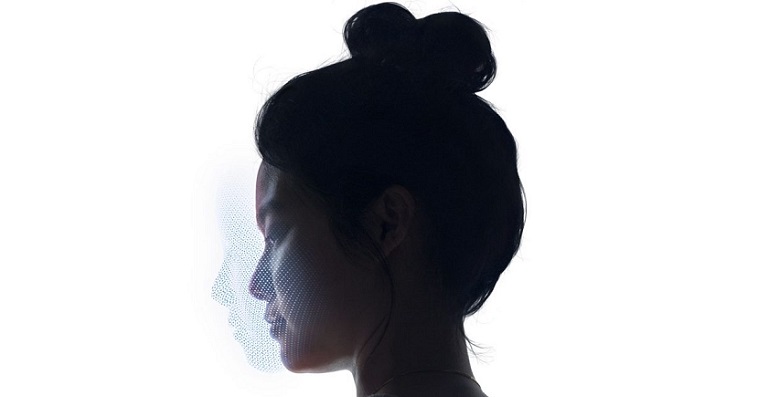
At the same time, it is well known that Face ID is a more expensive technology. Therefore, there are legitimate concerns among Apple users about whether the deployment of this gadget would not cause the overall price of Apple computers to rise. So we can look at the whole situation from both sides. Therefore, Face ID on Macs cannot be said to be a unequivocally positive or negative change. This is exactly why Apple is avoiding this change (for now). Would you like Face ID on Macs, or do you prefer Touch ID?
It could be interest you
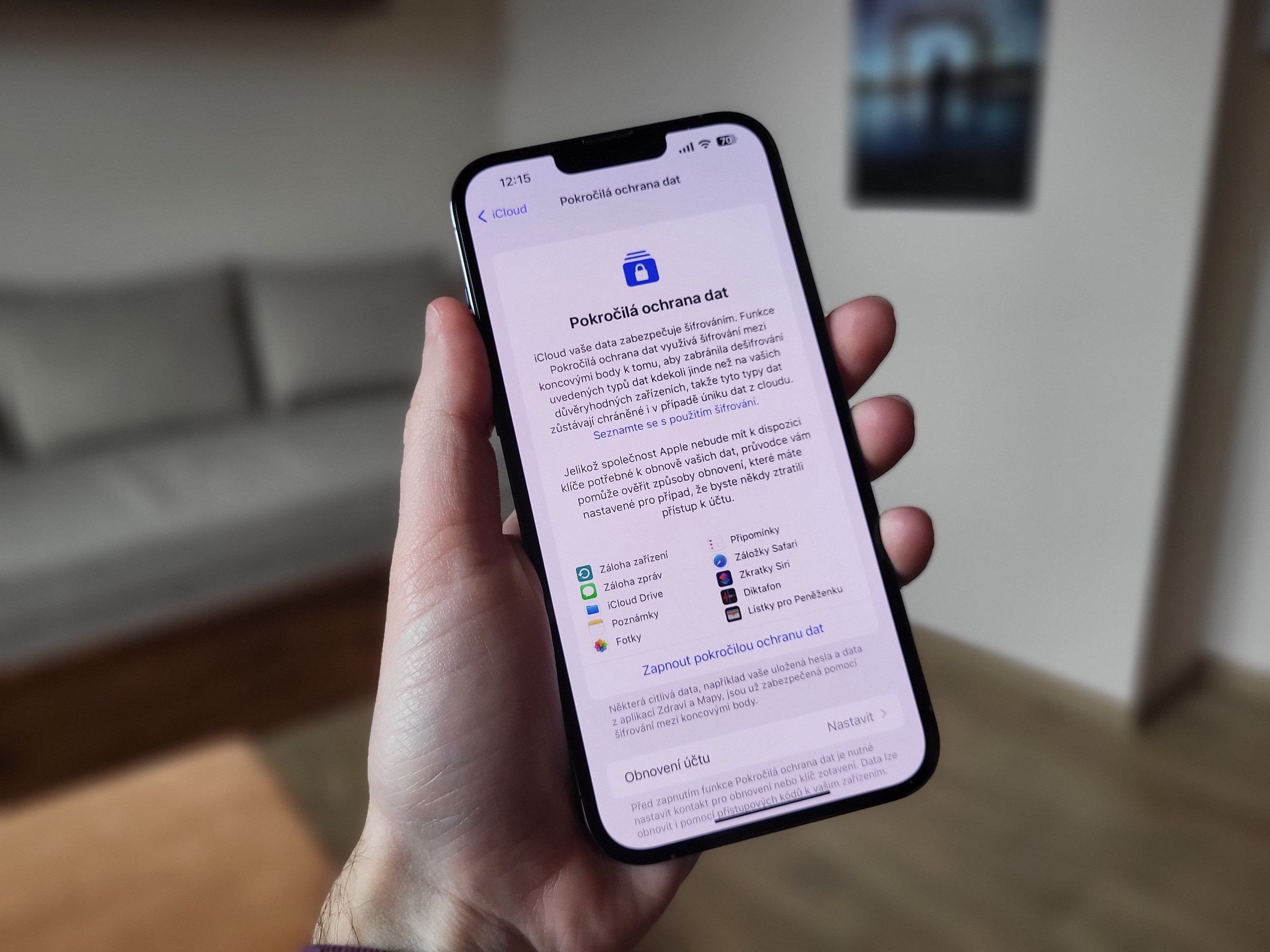
 Flying around the world with Apple
Flying around the world with Apple 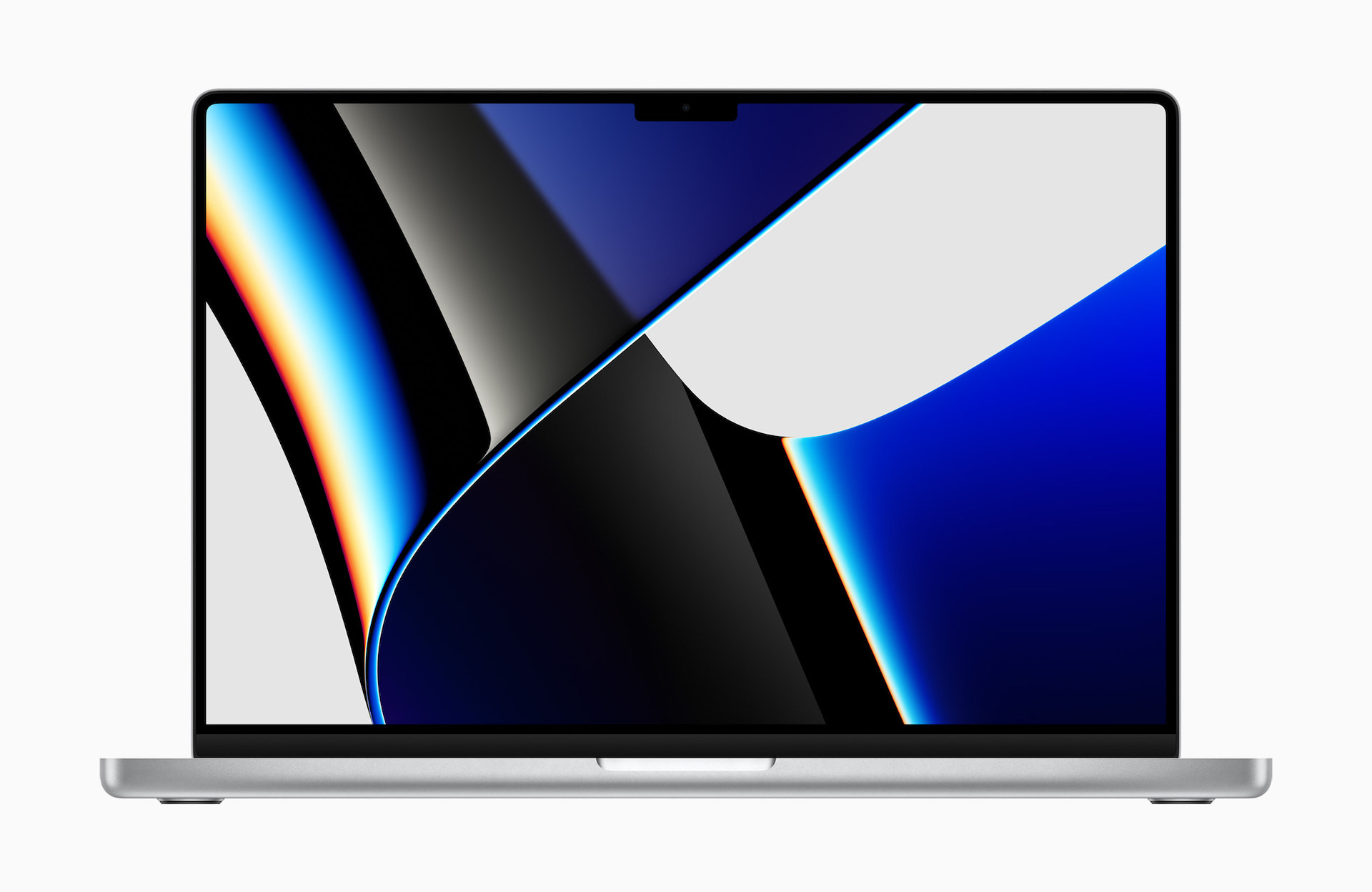
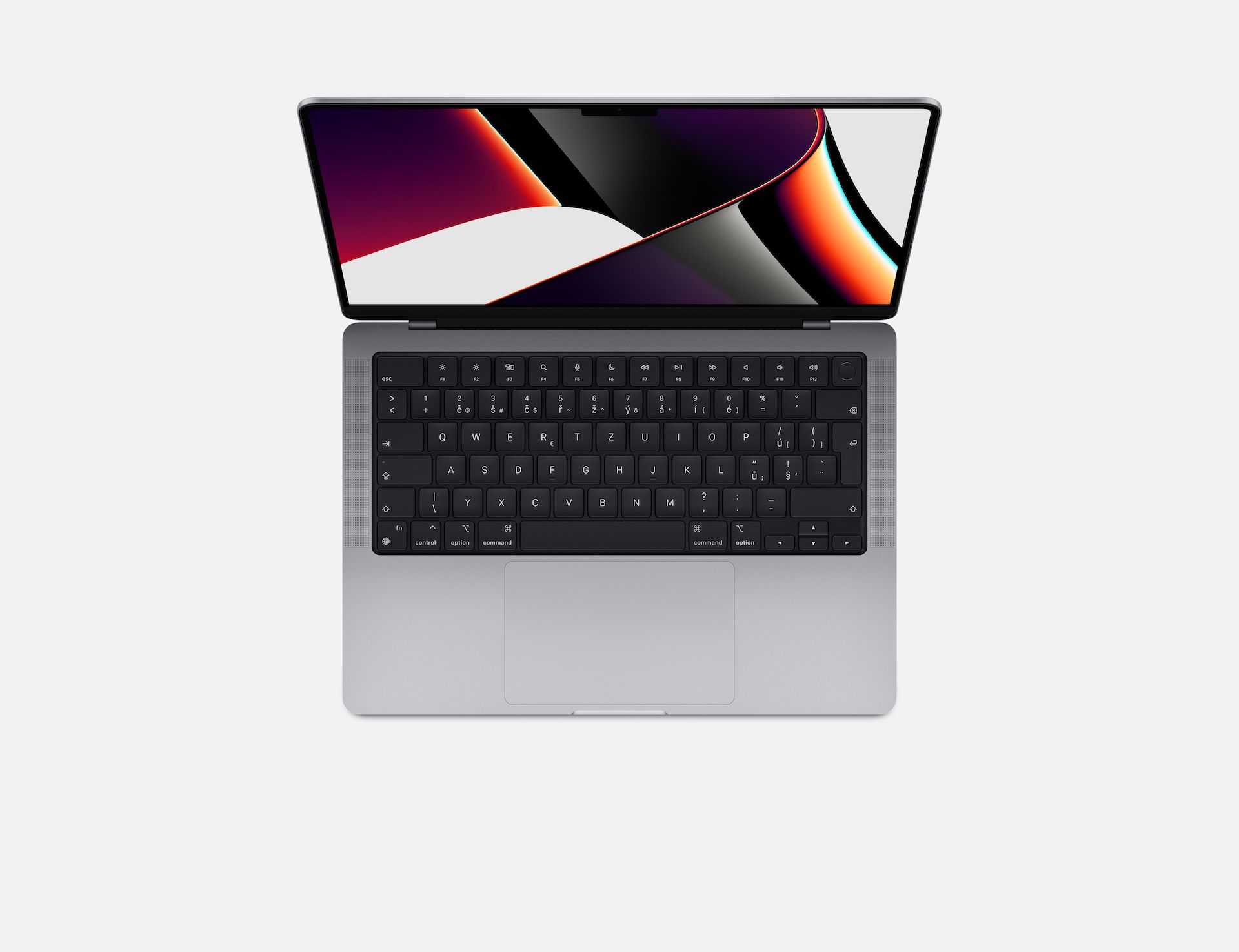
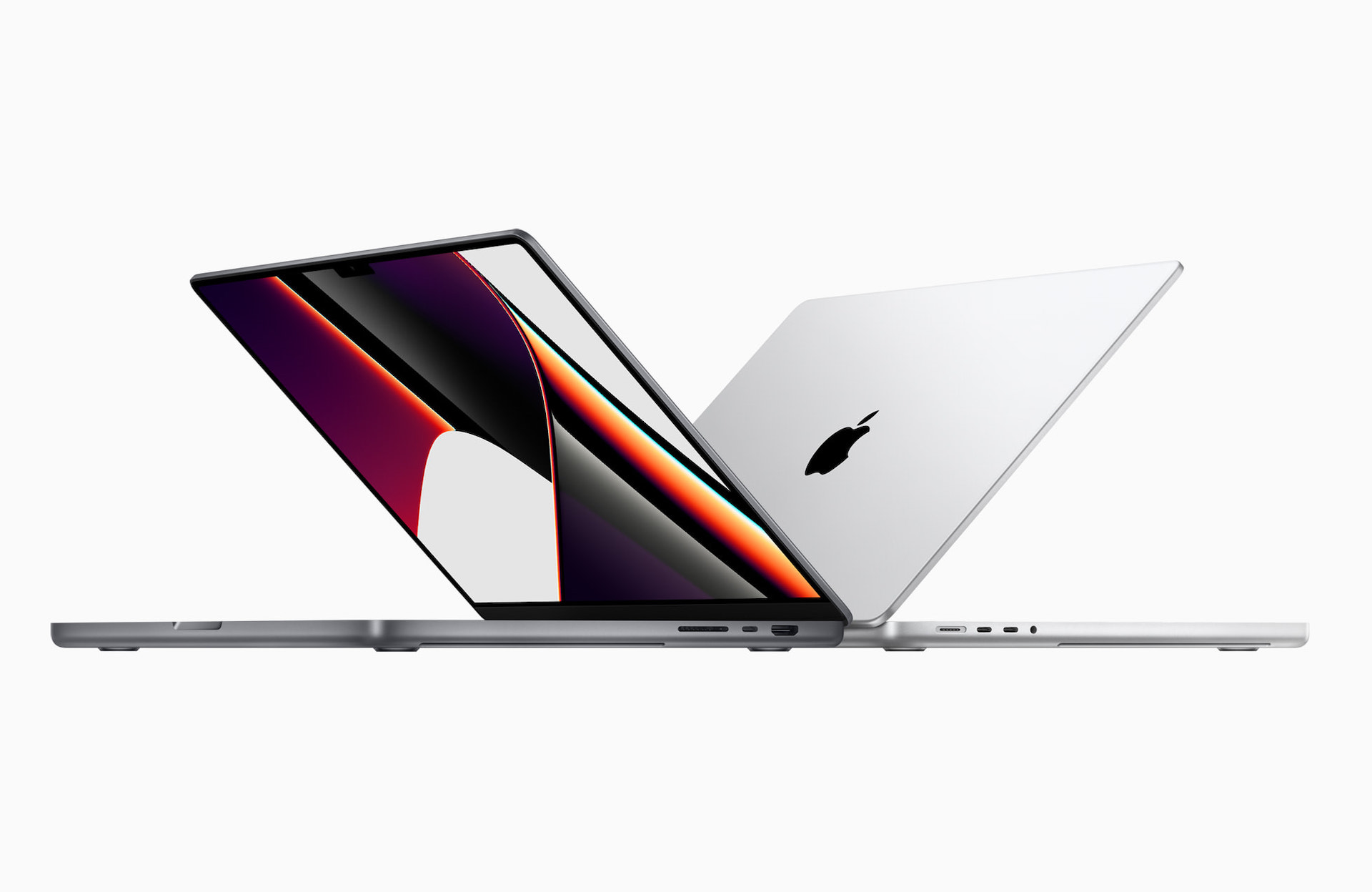
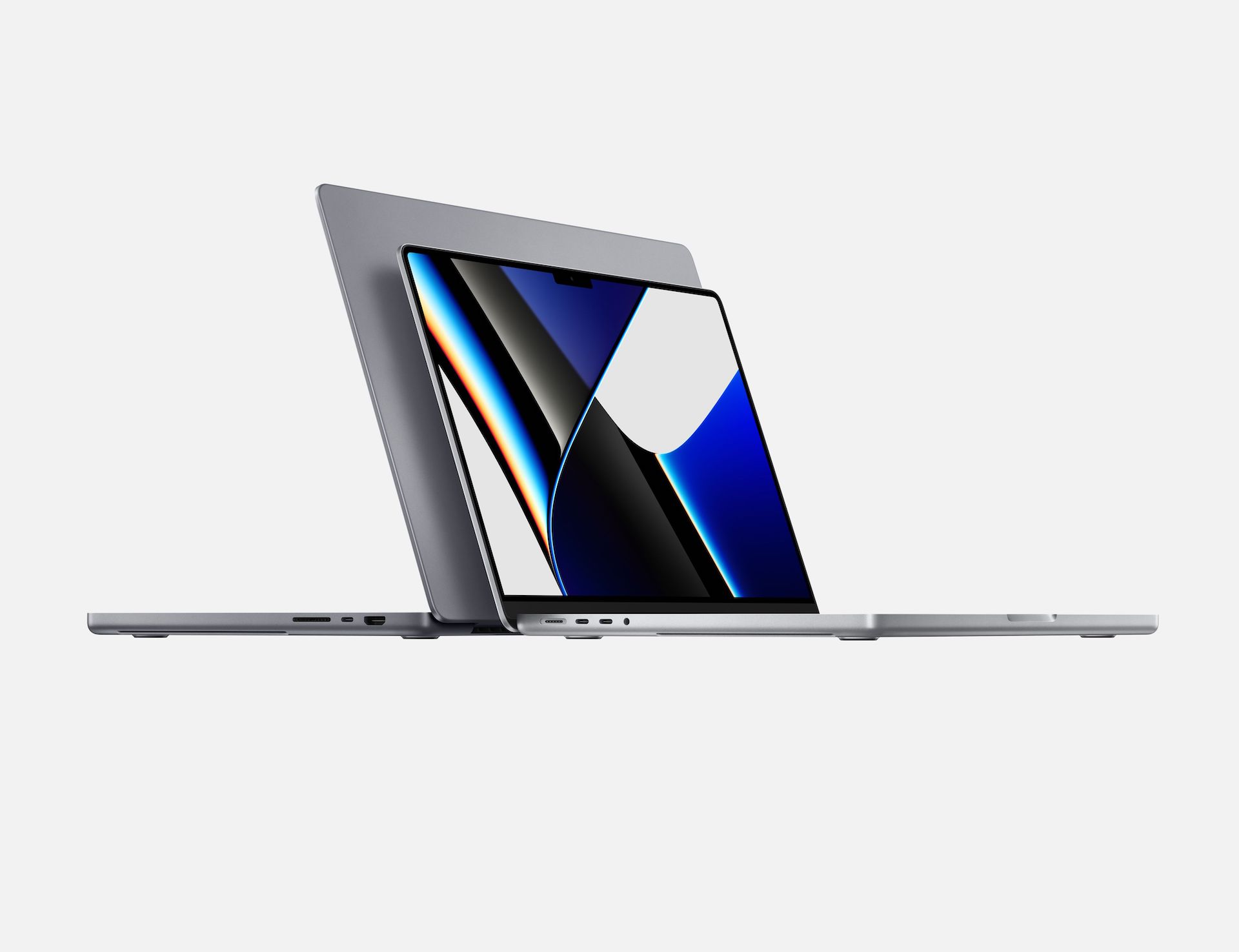
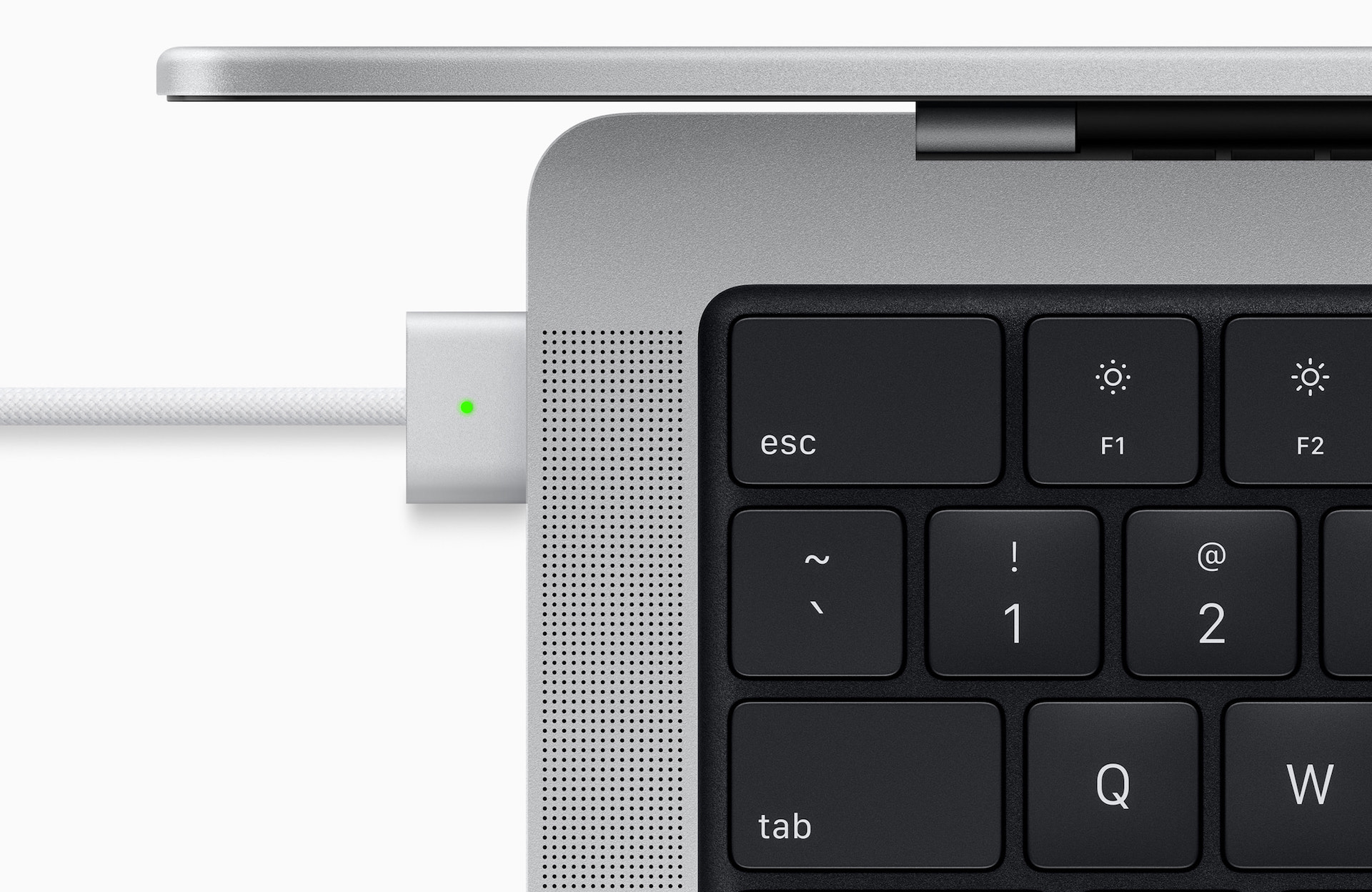
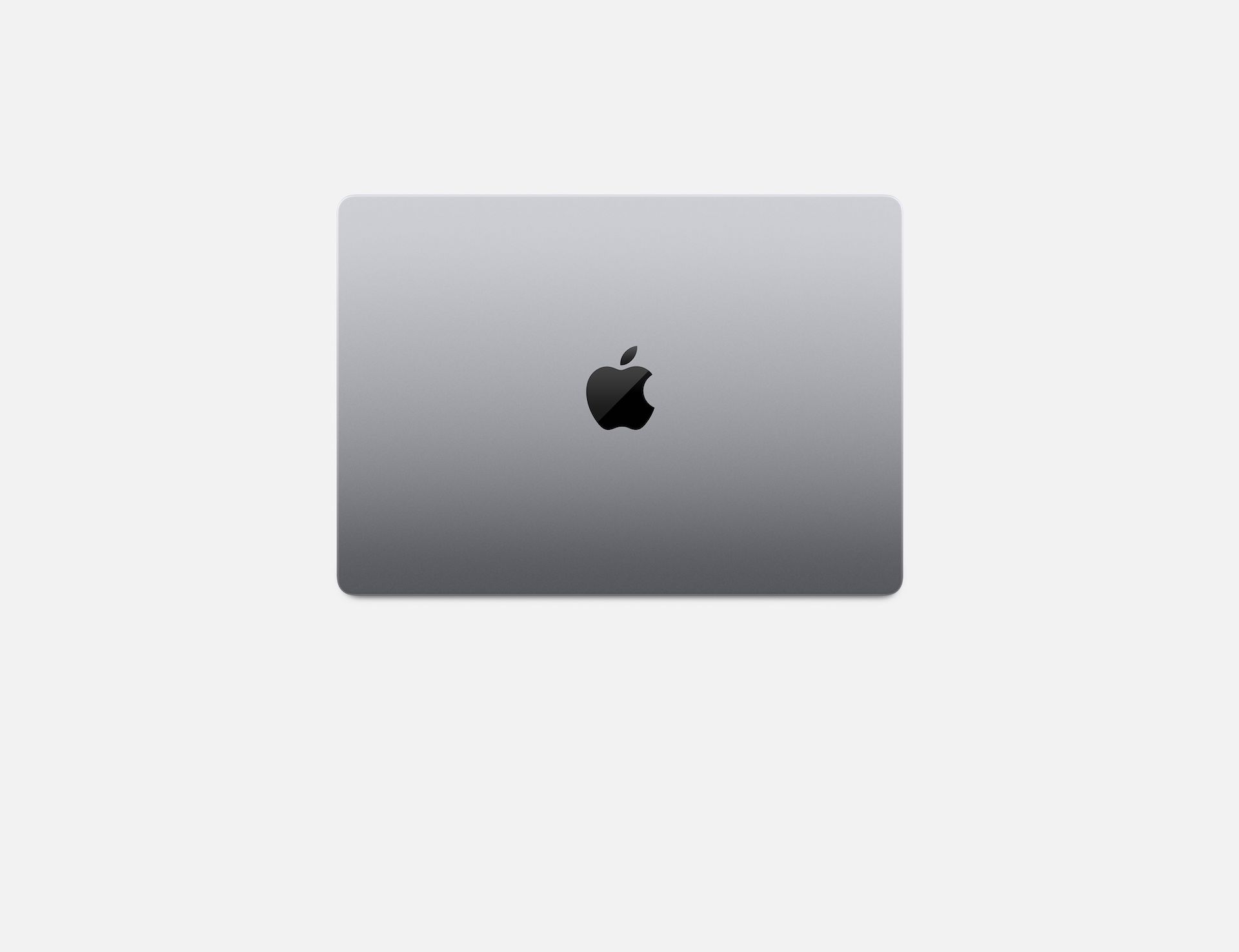

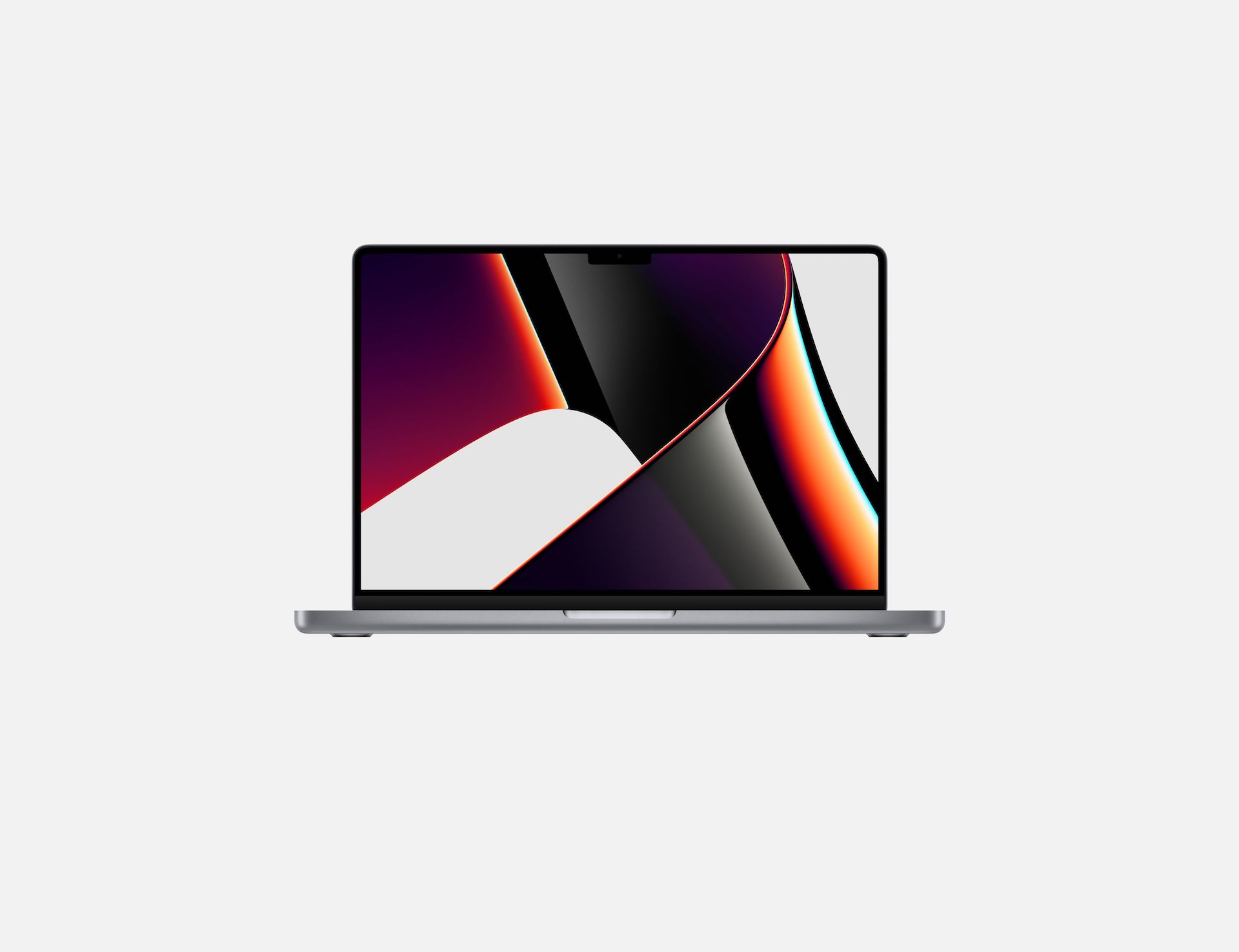
 Adam Kos
Adam Kos